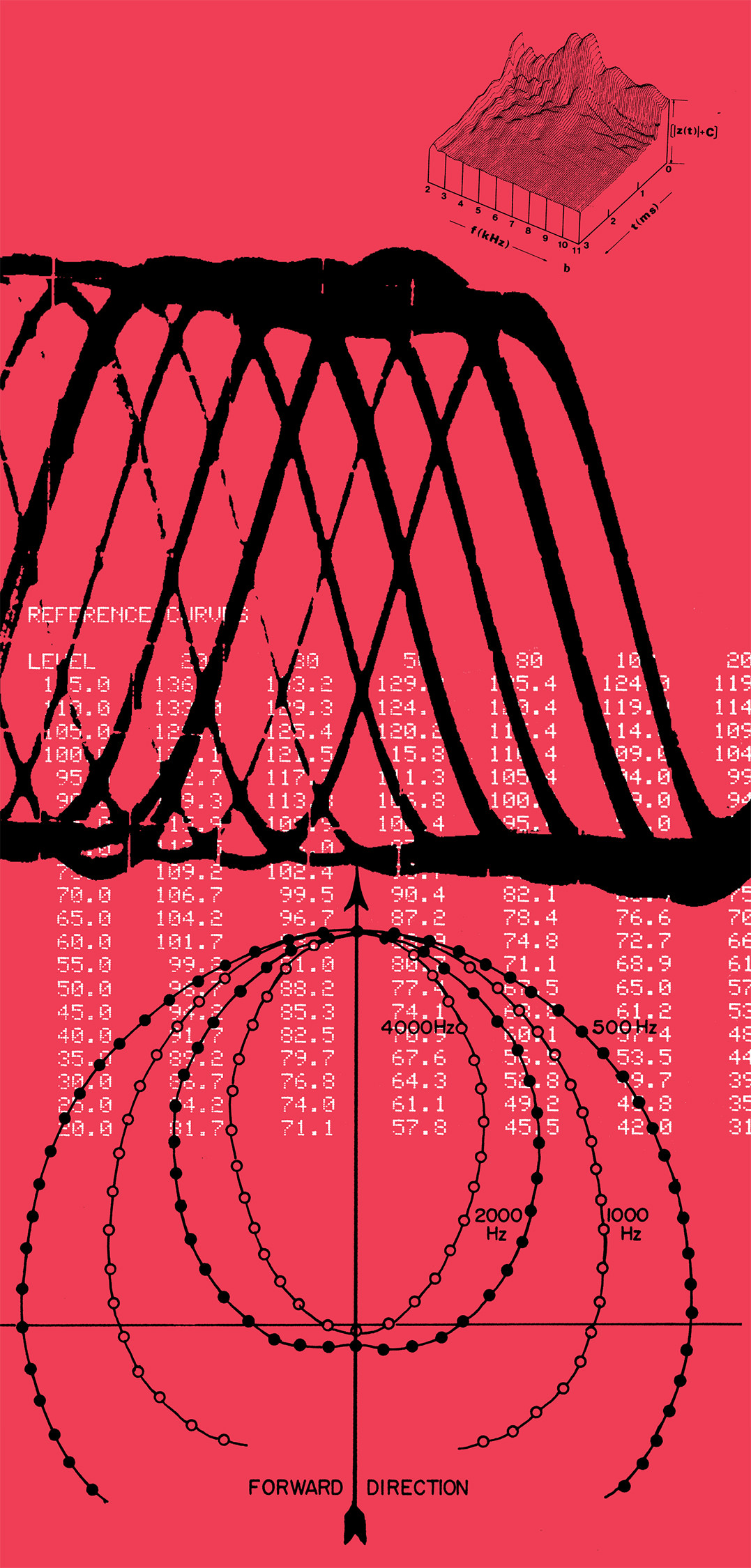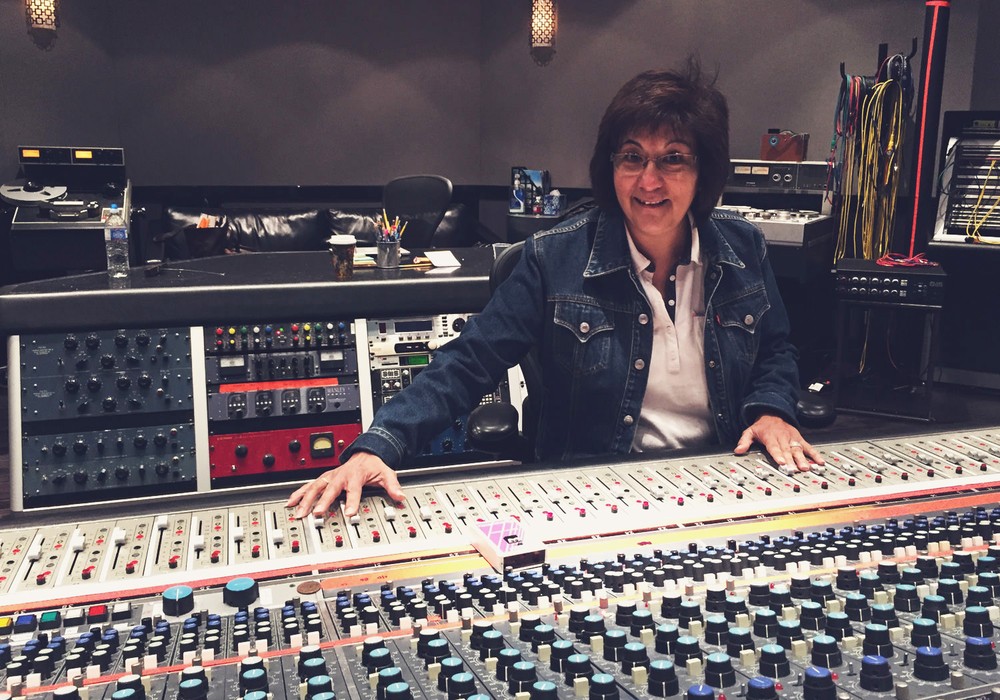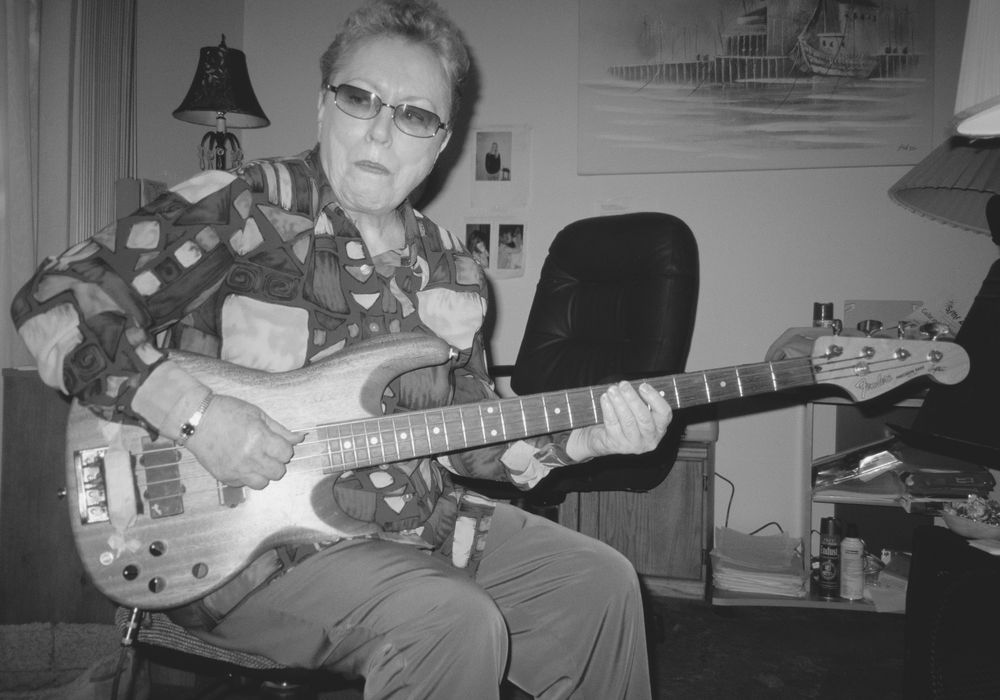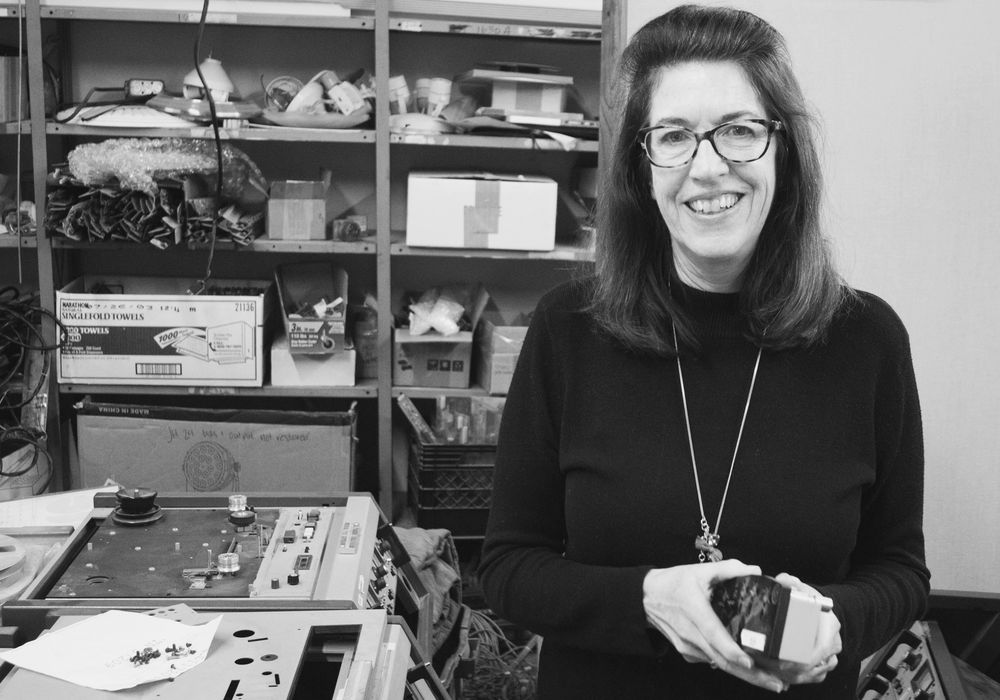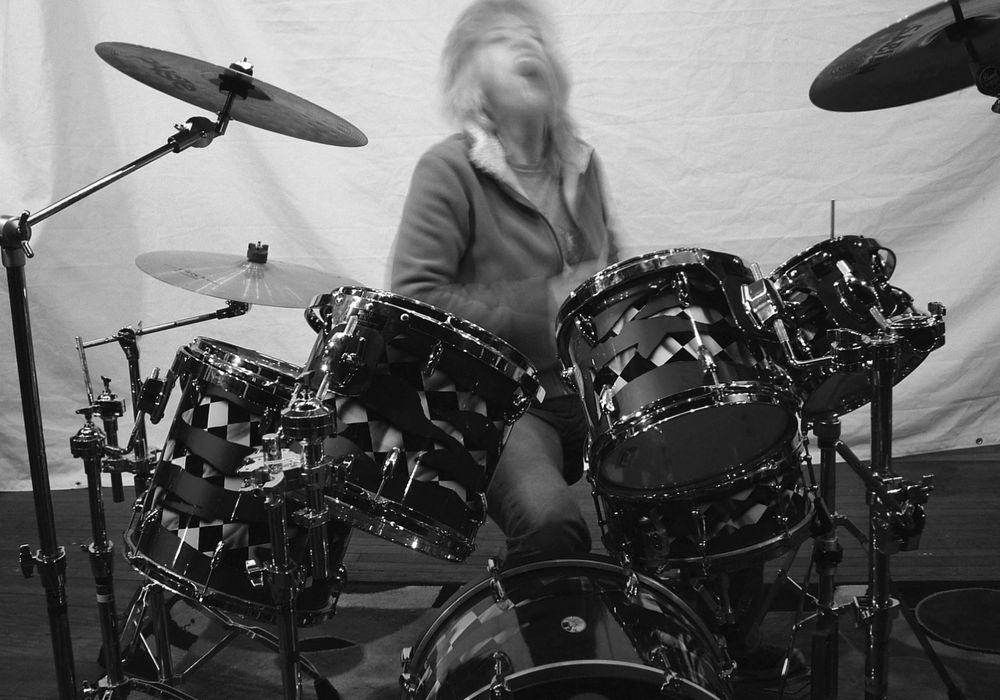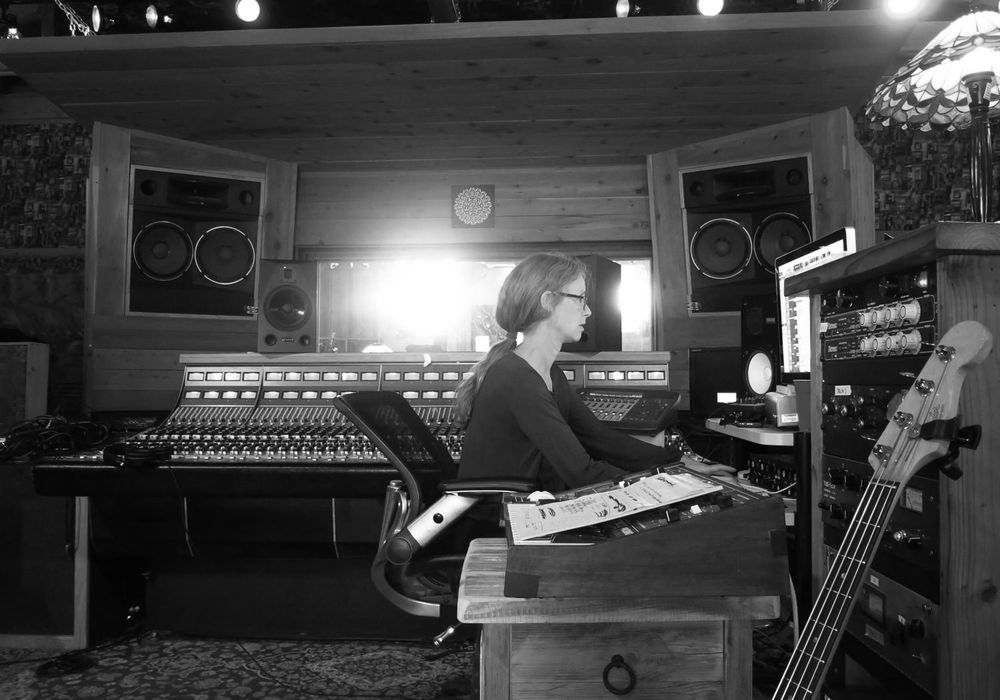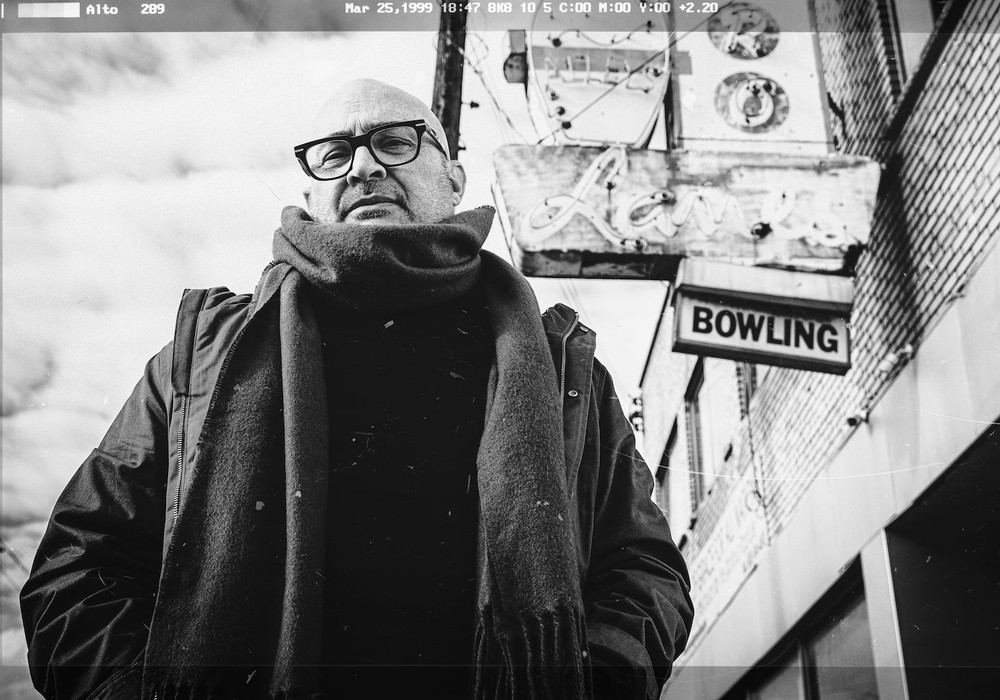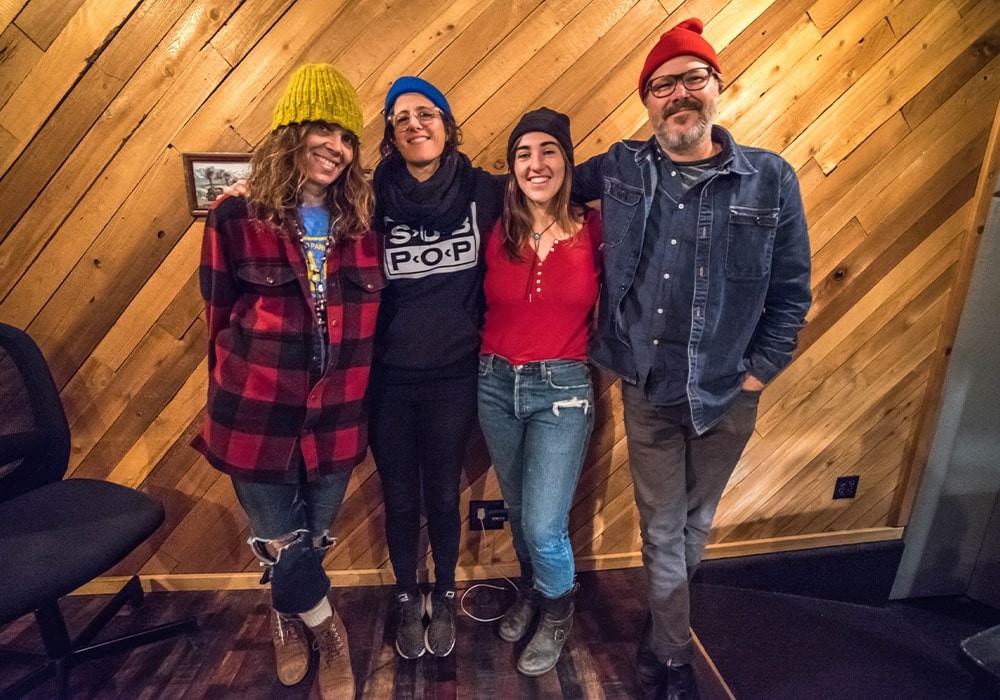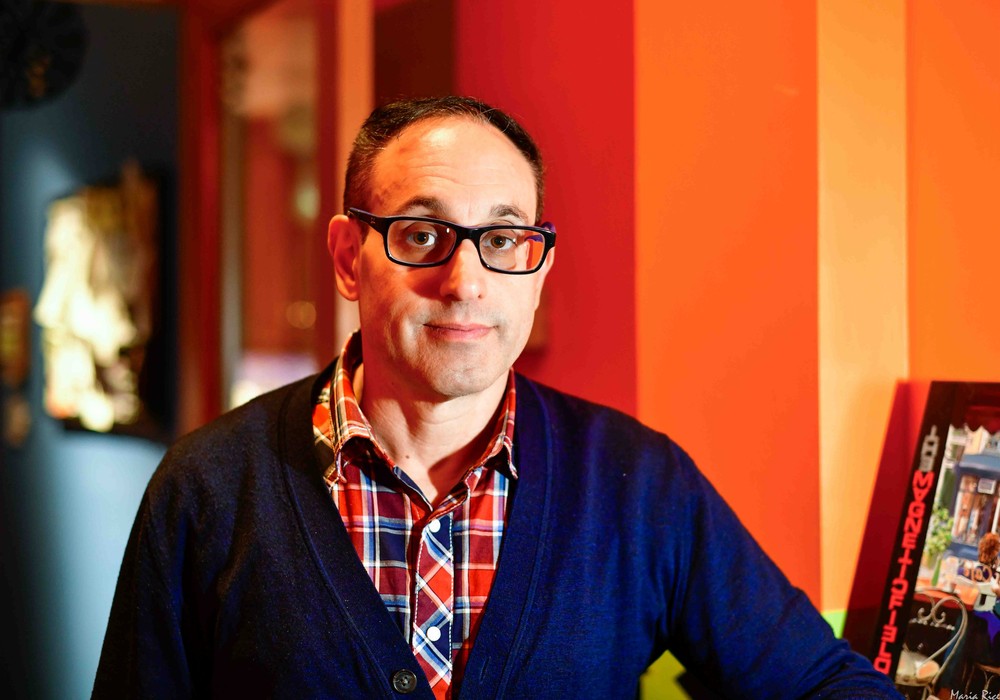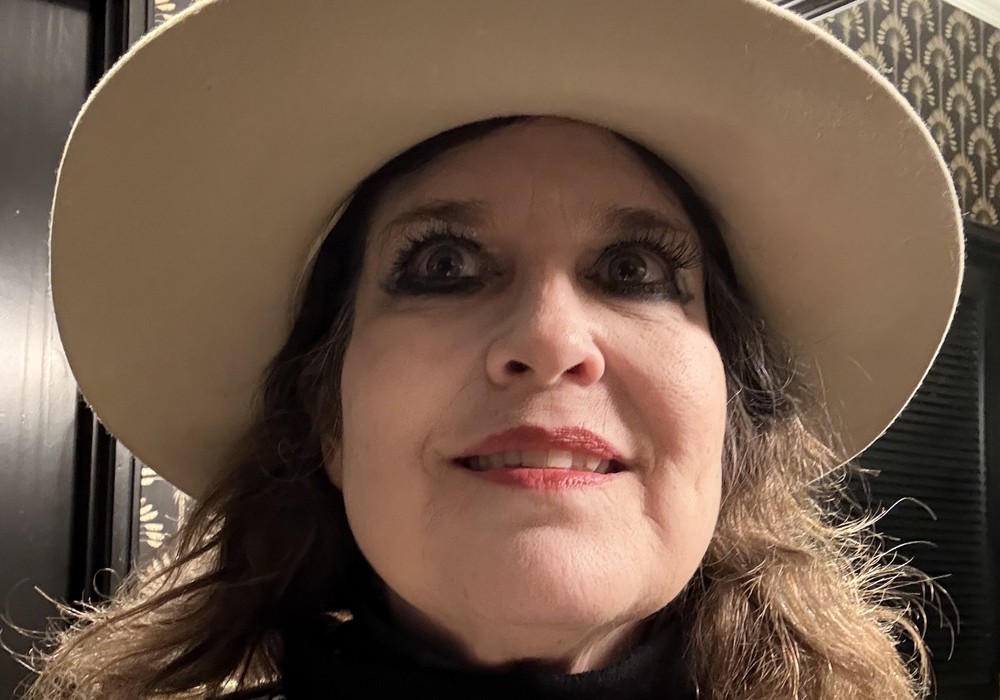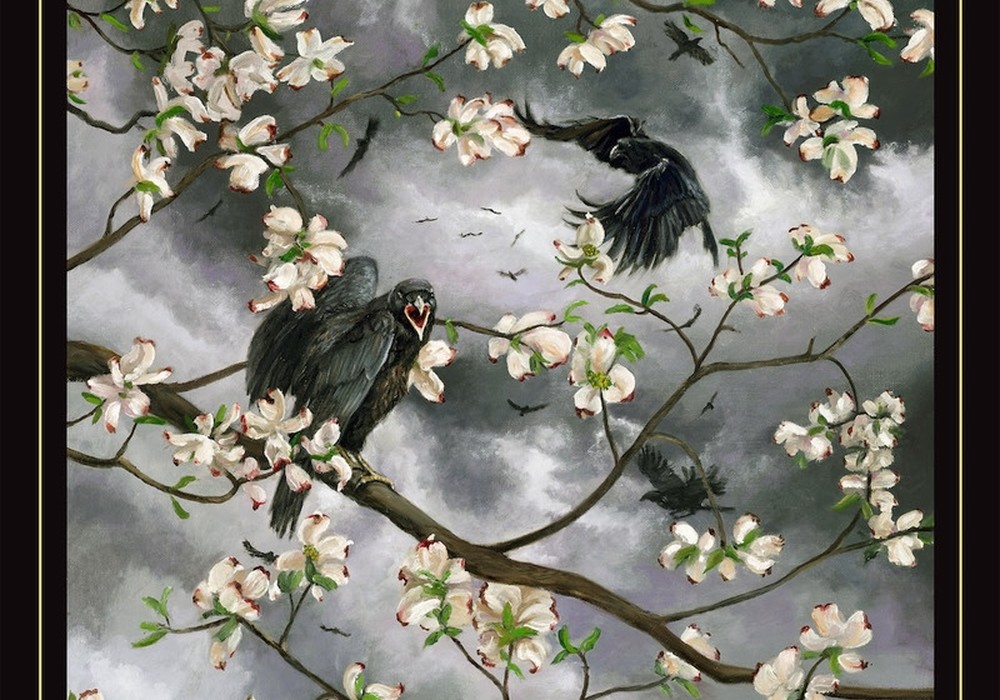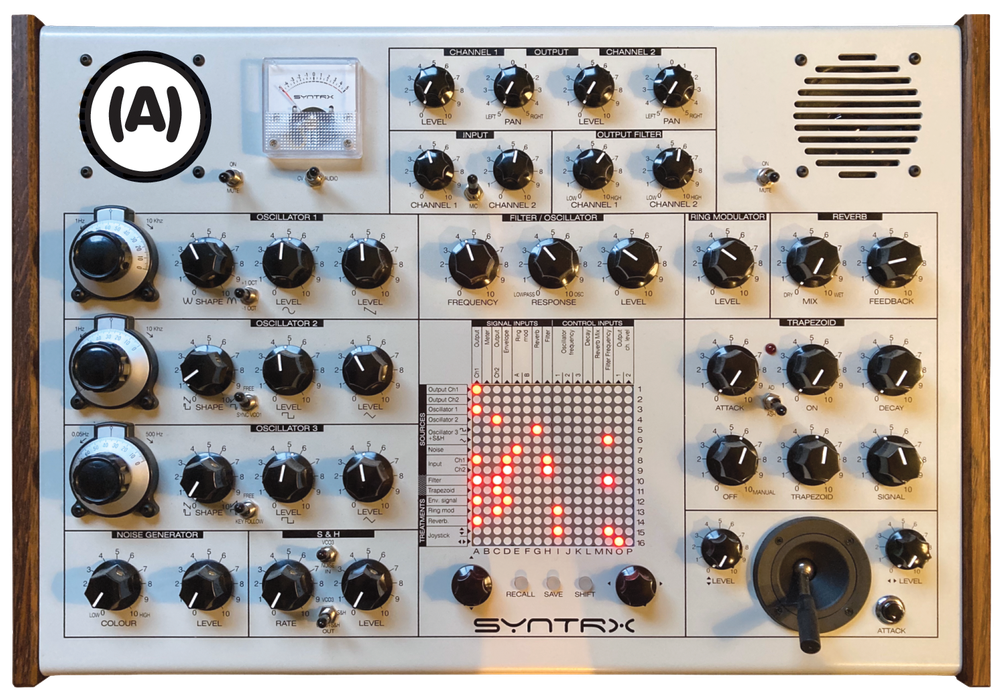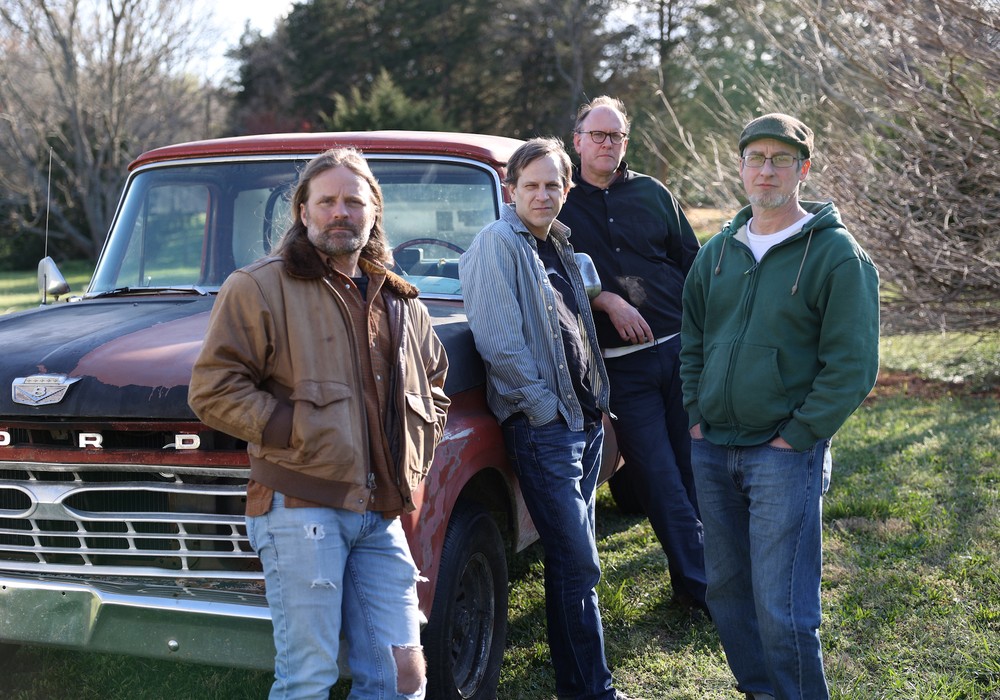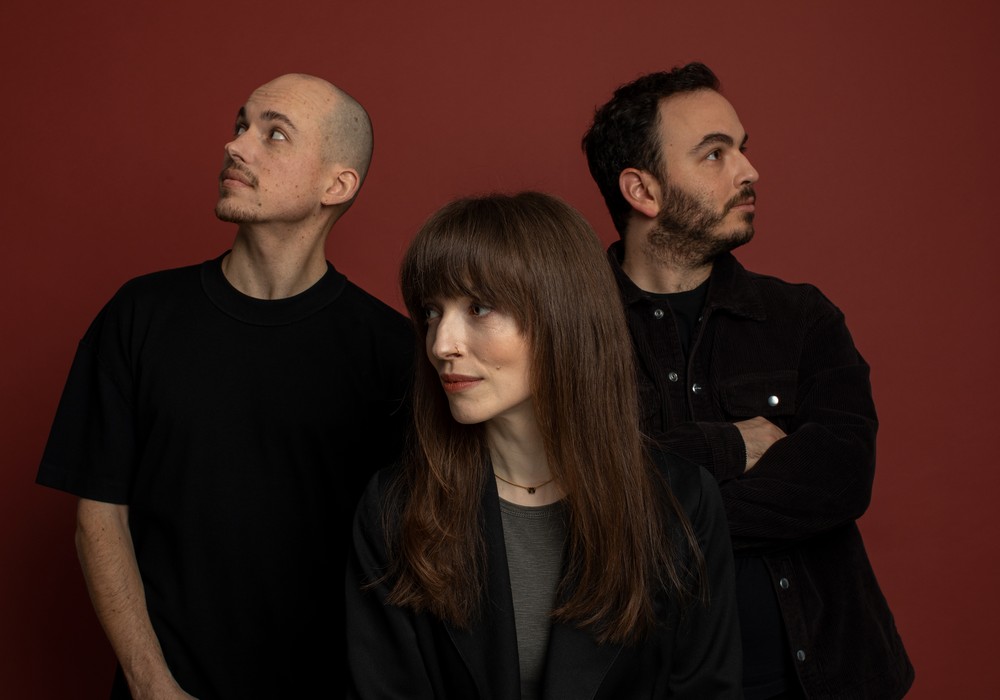Annette Cisneros is a highly experienced engineer and studio manager. Her credits are long and her knowledge is deep. For several years she was Dave Jerden's [Tape Op #86] assistant engineer. When Jerden asked Bryan Carlstrom [Tape Op #28] to join their team, the three of them had a very successful run, cutting records with bands like The Offspring, Social Distortion, and Alice in Chains, to name a few. Eventually Cisneros moved into the role of studio manager when she opened Tranzformer Studios with Jerden and Carlstrom. After Carlstrom's untimely passing in 2014, Tranzformer Studios closed its doors. Annette is currently an engineer and assistant to the studio manager at DiaDan Studios in Burbank, CA.
Where did you get your start?
I thought it would be cool to work in a recording studio. I'd always loved music, so after high school I said, "I'd like to work in a studio!" I went to an engineering school in North Hollywood called Sound Master. It doesn't exist there anymore. I think it's in Alhambra, [CA], now [currently known as Pinnacle College].
Were your parents supportive?
Yes, they were very supportive. I was born and raised here in Montebello, [CA]. The school was in North Hollywood, so it wasn't very far. We learned how to align tape machines there. Pro Tools wasn't even invented yet when I was in school. We learned all about tape machines; 24-track and 2-track machines.
So when you got out of there, were you ready to work in a studio?
Yep. Working with bands you get to learn [how to work with artists].
Yeah, they don't teach you about human dynamics.
Yep. Or when the artist you're working with, or even the engineer too, are doing cocaine throughout the night. How do you deal with that?
How do you deal with that?
Carefully. Everybody's like, "Come on, come on. Let's go!" When I finished the school I didn't get a job in a studio right away, so I worked at a record store for a while. Then I got a job at Rusk Sound [Studios]. It's a studio in Hollywood on La Brea Avenue, between Hollywood and Sunset. I think the sign is still out there on La Brea.
How did you get that job?
I heard they needed an assistant, so I just went in there. Of course you work for free for a while, so that they can see what you've got. Then I started getting paid. The assistant engineer there told me that Eldorado Recording [Studios] was looking for a woman assistant, because a woman assistant had just left and they wanted another woman to be an assistant.
Really! That's unusual, right?
Yeah, it was. But at the time I didn't think anything of it.
I wasn't even going to ask any gender related questions. To me, you're an engineer. Period.
That's my thinking as well. I didn't know how rare woman engineers were until I was in the business for a while. It is rare. Gary Gunton owned Eldorado, and he also managed Dave Jerden. Dave just finished working with the Rolling Stones as an engineer. He wanted to be a producer, not just an engineer, and to produce local bands. I just happened to get a job at Eldorado, and since Gary managed Dave that's how I started working with Dave.
So you started working with Dave before Bryan Carlstrom started working with him.
Oh, yeah. We worked together for almost two years before we met Bryan. Eldorado used to be on Sunset, right across from Capitol Records. I think the first project I did with Dave was a band called 54-40 from Canada. There are quite a few artists we worked with at Eldorado. Then we had to move because the old building wasn't up to earthquake code. We moved to Track Record [Studios], and that's where we met Bryan.
That's in North Hollywood.
In North Hollywood on Vineland Avenue. Tom Murphy, who owned Track Record, had just built out a second control room in a warehouse. Billy Idol was working there at the time, and Bryan was working with Billy. That's how we met Bryan. We had all the equipment from Eldorado, but no place to go. Tom had a studio with no equipment, so that worked out.
Once you met Bryan, were you and Dave working with him right away?
No, there were two separate rooms there; a North room and a South room at Track Record. We mainly worked in the South room. Bryan was an assistant engineer at Track Record, like myself, so that's how we got to know each other, while working on different projects. When we moved to Track Record, it was only temporary. Gary [Gunton] was still looking for another place. Almost two years later, we moved Eldorado, and our studio, to Hollywood on Sunset [Boulevard]. The place that we moved into used to be Marvin Gaye's studio [Marvin's Room].
Was there any equipment in there when you moved in?
No; it was all cleared out, but it was a studio.
Once you started working with Dave, was it like going to school again?
Oh yeah, absolutely. The engineering school really just gives you basics. You need to be in the studio to really learn. Dave was a great teacher and was showing me a lot of things. Dave still engineered, and I was assisting him.
So when Bryan came into the picture, you guys were a solid, three-piece production team.
We were a well-oiled machine. We all knew our roles and what to do. We met Bryan at Track Records, but he didn't really come into the picture until we moved to Sunset [Blvd.]. He had left Track, and he was working at Capitol. Since Dave knew Bryan, he said, "You're too good to be an assistant there. Come work with us." We worked together at that location for about six years. Then we moved to Burbank on Providencia [Avenue]. Gary bought that place.
What prompted the move to Providencia?
Gary was just renting on Sunset, so he bought the building in Burbank. There was a warehouse that was being built, and he bought the warehouse. He had his guy, Steve Klein [Steven Klein's Sound Control Room, Inc.], build out the control rooms in there.
He doesn't own it any more, does he?
No, he sold it; the studio and everything. We did a lot of records at Eldorado on Sunset. Then we moved to Providencia and we worked with a lot of the same bands, like The Offspring. We did Ixnay on the Hombre at Sunset, and we did Americana at Providencia.
What about the early Alice in Chains and Jane's Addiction records? Was that on Sunset?
Dave and I did the first Jane's Addiction, Nothing's Shocking, at Eldorado on Vine before we moved to Track Record.
You were working a lot!
I was always working. I was the assistant at Eldorado, there were other projects coming in when Dave wasn't working. I was able to work with other artists too. I assisted on a lot of projects. It was cool because I was able to work with a lot of other engineers and producers and learn from them.
I don't think your AllMusic.com discography is as thorough as it should be.
That's true. And if the record company secretary didn't get your name on the record, then you're not on AllMusic. There are a lot of records I worked on that I'm not credited for. It's just paperwork. Somebody didn't get my name on something.
All those Summit preamps and so forth, were those owned by the studio, or were those Bryan's?
Those were Bryan's. He bought that equipment when we were working with Dave. There are pictures of when we were working with The Offspring. Bryan built the very first big Pro Tools rig.
Really?
He bought all the equipment: the huge Anvil cases that he had that said Bryan Carlstrom... he put all the Pro Tools racks in there with monitors and everything. He was calling Digidesign to ask them questions, and they'd say, "Sorry, we haven't really built a rig that big yet." They couldn't really help him when he had a question.
Wow! So he was totally ready to make that transition.
Yeah, as soon as it came out. I think maybe The Offspring was one of the first records we did in Pro Tools.
How was that transition for you?
It was definitely a learning curve. First we were on 24- track analog, and then digital came out. We were doing 48-track digital tape, recording on that. Then Pro Tools came out, so it was a digital recording. We were incorporating a lot of things together. For The Offspring, we tracked on analog. It was the same thing for Alice in Chains. We tracked on analog and transferred it to digital.
Okay. Not digital tape, but to digital hard disk?
We did for The Offspring. Alice in Chains was digital tape. We tracked our 24-track analog and then transferred it. Sony had a 48-track digital tape machine, so we transferred it to a digital tape machine and then did overdubs on that. We got 48 tracks on one reel.
You worked on one of the Bozzio Levin Stevens records [Terry Bozzio, Tony Levin (Tape Op #33), and Steve Stevens].
Right. We did that album [Situation Dangerous] in Burbank on Providencia. A lot of the recording was done already, and they just came in to do overdubs. It was cool to see Steve Stevens play guitar – he's so good. It was just him and Terry; Levin wasn't there. I think he'd finished all his parts.
When you're engineering, do you wait for the producer to tell you, for example, which reverb to use, or do you set things up according to your own sensibilities?
Well, I'll know I want to use a certain preamp or compressor. I just make sure that what I'm recording is sounding great and everything's going to Pro Tools okay. As for reverb and things like that, I just use it to monitor. I don't record with the reverb, because I don't know how much I'll want to use in the mix, or even if that's the right kind of reverb I'll want. Maybe I'll decide that it's just a delay I want to use. Working with Dave, he'll have the mix in mind all the time. He [hears] the end product. So when he's recording, he says, "I want that guitar to have a chorus effect on it." So we record the chorus effect. That's the difference working with Dave – he knows exactly what he wants. If something's not working he'll pull out another box to try. A lot of people just wait, "We'll fix it in the mix." You want to get it right when you record it. You want the sounds to be there. If the guitar amp isn't quite the right sound for a part, he'll try another amp.
What prompted you to decide to move into the studio manager role?
Gary had sold Eldorado and everything changed. Back then it was getting harder and harder to get clients into the studio. Gary said he had to sell the place, because it didn't make sense to keep it open. We were at that location for nine years by then. We all went our separate ways. Bryan had a studio in his guesthouse. He'd left Eldorado about two years prior, and was independent already. When he needed to move his studio out of his guesthouse, that's how Tranzformer Studios was born, in Burbank on Magnolia [Boulevard]. He moved all his equipment in. A couple months later, he called and asked me if I was interested in helping out and being partners. He had reached out to Dave, too. It was the three of us again. I took on the role of studio manager. After some trials and tribulations we moved into the old Mad Dog Studios [Tape Op #57] on Lake Street [in Burbank, CA] and started up again.
John Nuss came in as an assistant engineer when Tranzformer opened. Is that when you decided to manage the studio?
It was a single room, and I was fine being the manager of it. Bryan was so good. It's like, "Really? You want me to engineer? Come on." I was fine with just taking the role of manager/assistant.
You're good too. Dave told me, "Annette's as good as any of us."
Well, I learned from Dave mainly. I engineered for Dave when Bryan left Eldorado. We did a few records together. I also learned from other producers I worked with. As an assistant, during a session, you really know more of what's going on equipment-wise, because you're the one setting up and patching everything. You know that this compressor's going to that guitar amp. You know more than the engineer. You're the one keeping track of what goes where. You have to keep good notes on exactly what's going on. When you have a full-on tracking date with drums, bass, and guitars, you've got at least 20 microphones going on. If something's not working, you have to be able to trace it down and troubleshoot. You're the one who has to figure all that out. Especially if it's an outside engineer coming into your studio. You have to know your room.
Did you have outside engineers come in?
A lot of times, when it was Eldorado. Gary was booking the studio when Dave and Bryan were between projects.
So Gary owned Eldorado, and Dave and Bryan were like the house engineers?
Dave produced and mixed, Bryan engineered, and I assisted. Since Gary managed Dave, Gary tried to get as many projects for Dave as possible. After Dave did Alice in Chains, Social Distortion, and The Offspring, the phone was really ringing off the hook from managers and record companies wanting Dave to work with their artists. There was a band called the Bone Club that wanted Dave to mix six songs. They just dropped off the tapes. I set up the mix; we mixed the six songs, sent them back, and that was it. No recalls. Then the guy from the Bone Club came one day and was like, "Dave, thanks! You bought me my hot tub!"
People are lucky to work with you. Not only are you excellent at your job, but you guys are all great people.
Thanks. We do this for the love of the music. There were times when it was really hard, and we were struggling, but I told Bryan, "Listen, we're dream makers." There are lots of artists I've worked with who have said that it's their dream to come into the studio and make their record. We're happy to help people realize their dream. That's why we do it.
